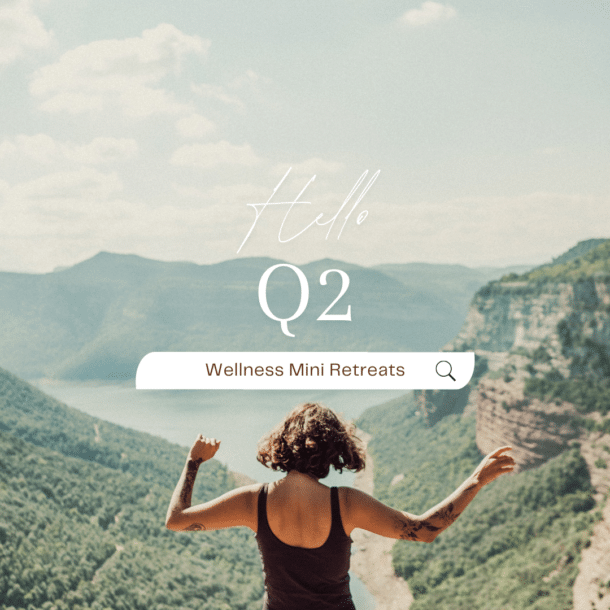Make the most of your Corporate wellness program.
There seems to be a perception that corporate wellness doesn’t work. We’ve been dialoguing with colleagues about it on LinkedIn. Feel free to join the conversation or send us an email.
Summary of the common problems
1/ Devices
Everyone had high hopes that empowering people with their movement data would create the awareness needed to get people moving more. The results are mixed. Some people loved them and others hacked them to get the rewards.
2/ Motivation
Extrinsic motivation generally doesn’t change behavior. If the reward is enticing enough, people do enough to get the reward. When the reward stops — they stop.
3/ 30 Day Challenges
Challenges are hard to get right for a population and sustain in terms of resources and engagement.
4/ Communication
Introducing the program company wide also seemed to be hard. Many companies didn’t have a framework in place to share information and resources.
5/ Culture
Conflicting messages about the health and wellbeing that are cultural. The issue that routinely surfaces is time spent on the job vs. management by key objectives & results.
Five ways to get more from your corporate wellness program
1/ Devices: Lower your expectation and try it again.
According to Kyra Bobinet MD, your brain has an intrinsic memory that is basically counting all the negative feelings you experience. So every time you don’t meet your step goal or whatever else you’re tracking, your brain says “I don’t like where this is going.” It’s a negative experience that leaves you feeling bad. Who wouldn’t want to chuck something that makes them feel bad. However, if you lower your expectations and start thinking of your step goal as a rough estimate, then if you come up short it’s not a big deal. Maybe tomorrow you’ll hit the goal —or maybe not.
2/ Motivation: Keep your eyes on the prize.
According to social psychologist Emily Blacetis, there is a correlation between your fitness level and your perception that affects whether you see exercise as easy or difficult. The more fit you are the easier exercise seems. However, regardless of your fitness level you can manage your perception by setting a goal that is attainable and by focusing on it. People who keep their “eyes on the prize” complete a run or walk with less effort and complete it faster.
3/ 30 Day Challenge: Know how you respond to rules.
Thirty days is long enough to develop a new habit. Habits are basically rules. So think about how you respond to rules and then develop the structures needed to keep you motivated the full duration of the challenge. Choose challenges carefully. There aren’t many people who enjoy a challenge for the sake of a challenge.
4/ Communication: Check your company website.
Companies are adopting frameworks to help them onboard and engage employees. If you’re company doesn’t have a central hub to find information about available programs and resources, check the company web-site.
Many companies are now looking at wellness programming as a perk to assist with recruiting rather than as a health benefit to lower healthcare costs. Many wellness programs now include:
- Better or locally sourced food in the cafeteria
- Subsidized gym memberships
- Unlimited vacation days
- Free physician house calls
- On-site clinics or spas
5/ Culture: Focus on delivering results.
While you can’t change the culture of your company singlehandedly, you can ask your manager to identify the top three things that you need to do to succeed in your job. Make those things your focus to help shorten your day.
Contact Us
Please email us to request more information about our services and collaborations.
Stay Connected
Subscribe free to receive our latest tips, workouts, exclusive offers and community notifications every Monday.



